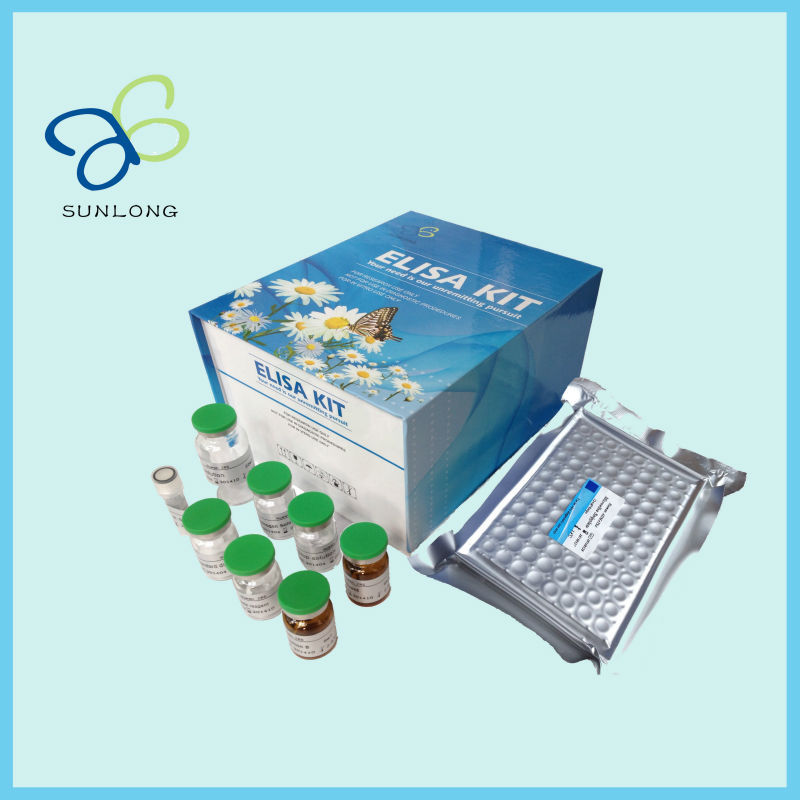Human thiobarbituric acid reactive substances (TBARS) ELISA kit
Catalog No :
CAS Number :
Brand :
In Stock
Sample Volume:50ul
Wavelength:450nm
Assay range:50pg/mL -1600pg/mL
Sensitivity:10pg/mL
Standard:1800pg/mL
Specifications:
| Application | ELISA-Based Assays |
| Storage Temperature | 2-8°C |
| Product Type | Elisa Kit |
| Product Grade | Molecular Biology |
The Human Thiobarbituric Acid Reactive Substances (TBARS) ELISA Kit is a sensitive and specific assay designed for the quantitative detection of TBARS levels in human serum, plasma, culture media, and other biological fluids. This kit is essential for research into oxidative stress, lipid peroxidation, and related physiological and pathological processes.
Purpose
- Quantification of TBARS Levels:
- Detect and measure TBARS concentrations in human biological samples to study oxidative stress and lipid peroxidation.
- Sample Compatibility:
- Suitable for serum, plasma, culture media, and other biological fluids.
Principle
The assay employs a Sandwich-ELISA technique for accurate and reliable quantification of TBARS. The process includes:
- Pre-Coated Plate:
- Microelisa stripplate wells are pre-coated with an antibody specific to TBARS.
- Sample and Standard Addition:
- Standards and samples are added to the wells, where TBARS in the sample binds to the immobilized antibody.
- HRP-Conjugated Detection:
- A Horseradish Peroxidase (HRP)-conjugated antibody specific to TBARS is added, forming a sandwich complex.
- Washing Step:
- Free and unbound components are washed away to minimize background interference.
- Substrate Reaction:
- TMB substrate solution reacts with HRP, producing a blue color in wells containing TBARS.
- Stop Reaction and Measurement:
- A stop solution is added, changing the color from blue to yellow. Optical density (OD) is measured at 450 nm using a spectrophotometer.
- Quantification:
- TBARS concentrations are calculated by comparing OD values to a standard curve.
Key Features
- High Sensitivity and Specificity:
- Detects low levels of TBARS with minimal cross-reactivity or interference.
- Wide Sample Compatibility:
- Validated for serum, plasma, culture media, and other biological fluids.
- Quantitative Results:
- Provides precise measurement of TBARS concentrations using a standard curve.
- Ease of Use:
- Includes pre-coated plates and ready-to-use reagents for streamlined workflow.
- Reproducibility:
- Ensures consistent and reliable results across multiple experiments.
Kit Components
- Pre-coated Microelisa stripplate.
- TBARS standards for standard curve generation.
- HRP-conjugated TBARS detection antibody.
- TMB substrate solution.
- Stop solution.
- Wash buffer.
- Sample diluent.
- Instruction manual.
Applications
- Oxidative Stress Research:
- Study TBARS as a biomarker for lipid peroxidation and oxidative damage.
- Metabolic and Cardiovascular Studies:
- Investigate TBARS levels in conditions associated with oxidative stress, such as diabetes and atherosclerosis.
- Tissue Injury Research:
- Assess TBARS in diseases involving cell membrane damage and inflammation.
- Therapeutic Development:
- Evaluate the efficacy of antioxidants and therapies targeting oxidative stress.
Advantages
- High Accuracy:
- Provides precise and reproducible quantification of TBARS.
- Convenience:
- Ready-to-use reagents simplify preparation and assay execution.
- Versatility:
- Compatible with various biological sample types.
- Reliable:
- Delivers consistent results for robust data interpretation.
Assay Protocol Summary
- Add standards or samples to the pre-coated wells.
- Incubate with HRP-conjugated TBARS antibody.
- Wash to remove unbound components.
- Add TMB substrate to develop color.
- Stop the reaction and measure OD at 450 nm.
- Calculate TBARS concentrations using the standard curve.
Storage and Stability
- Store all kit components at 2–8°C to maintain reagent integrity.
- Avoid repeated freeze-thaw cycles to ensure assay reliability.
The Human Thiobarbituric Acid Reactive Substances (TBARS) ELISA Kit is an essential tool for researchers studying oxidative stress, lipid peroxidation, and related physiological and pathological processes. Its precision, ease of use, and broad compatibility make it indispensable for clinical and experimental applications.




 0
0
